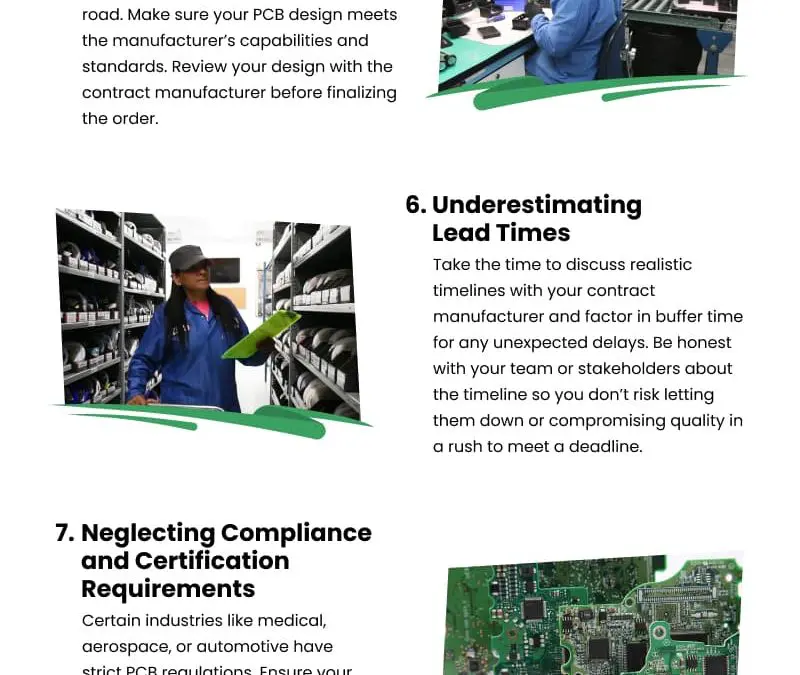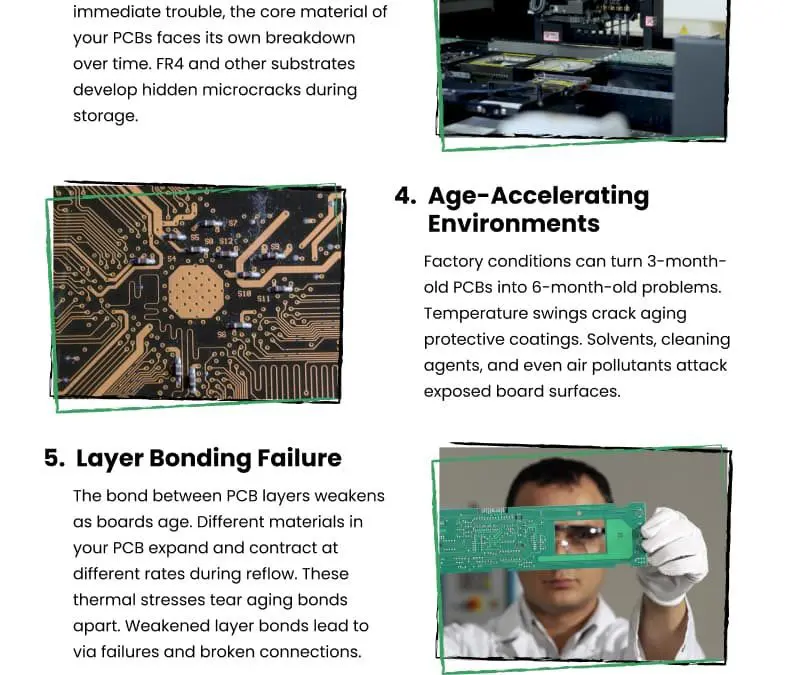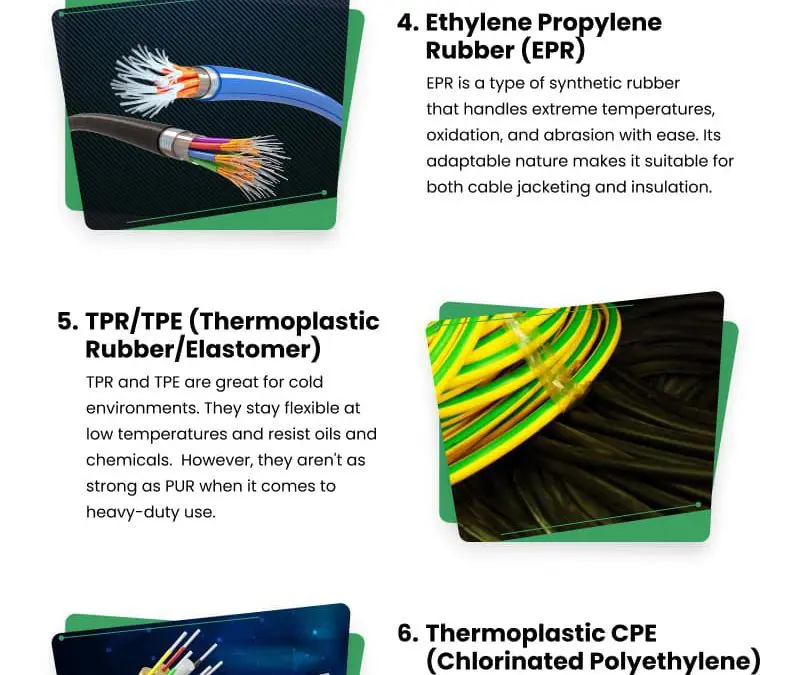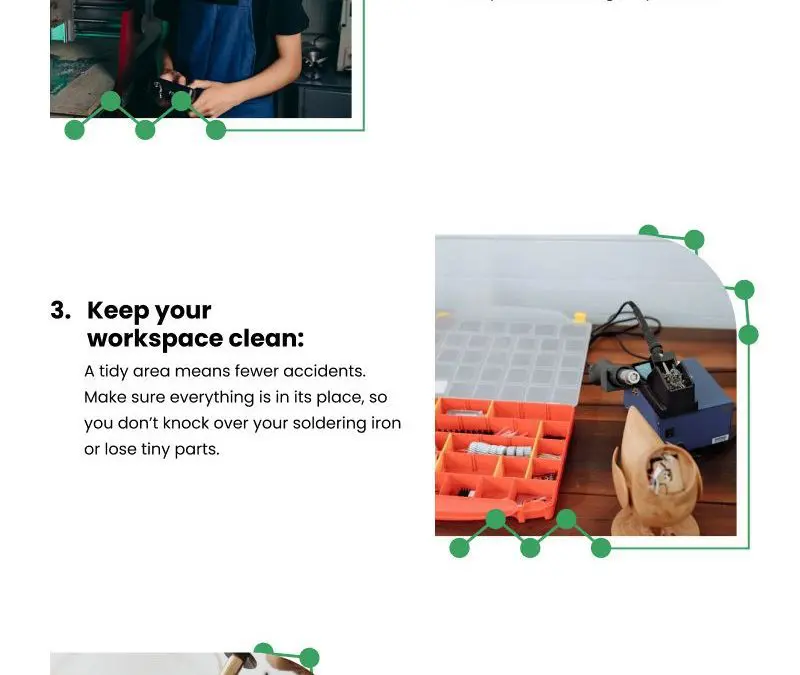
Mar 20, 2025
Avoiding common mistakes when outsourcing PCB assembly can save you time, money, and headaches. Start by thoroughly vetting your contract manufacturer (CM), ensuring they have the right certifications and capabilities for your project. Always check component...

Jan 7, 2025
Expired PCBs may seem harmless in storage, but they pose significant risks that can lead to costly failures and rework. Over time, surface oxidation renders solder pads unsolderable, while absorbed moisture during storage can expand during soldering, causing internal...

Dec 10, 2024
A watch is a timeless corporate gift that conveys professionalism and gratitude, but selecting the wrong one can diminish its impact. Avoid the mistake of choosing a generic, one-size-fits-all watch for all recipients. Personalization is key; tailor your selection to...

Dec 10, 2024
The cable jacket is a critical component, serving as the first line of defense for any cable. Choosing the right material depends on the intended environment and application. PVC is ideal for indoor use due to its flame resistance and affordability, but it struggles...

Nov 15, 2024
A man’s watch is more than a time-telling tool; it’s a statement of style, personality, and ambition. It’s a silent communicator on your wrist, and the right one speaks volumes. The message is loud and clear for those who prefer oversized watches: you’re confident,...

Nov 5, 2024
Removing capacitors from a circuit board requires careful attention to safety and proper technique. Capacitors are attached using solder, so you’ll need to desolder them to remove them. Before diving in, prioritize safety to avoid risks associated with soldering and...
Post Infographics > Electronic







